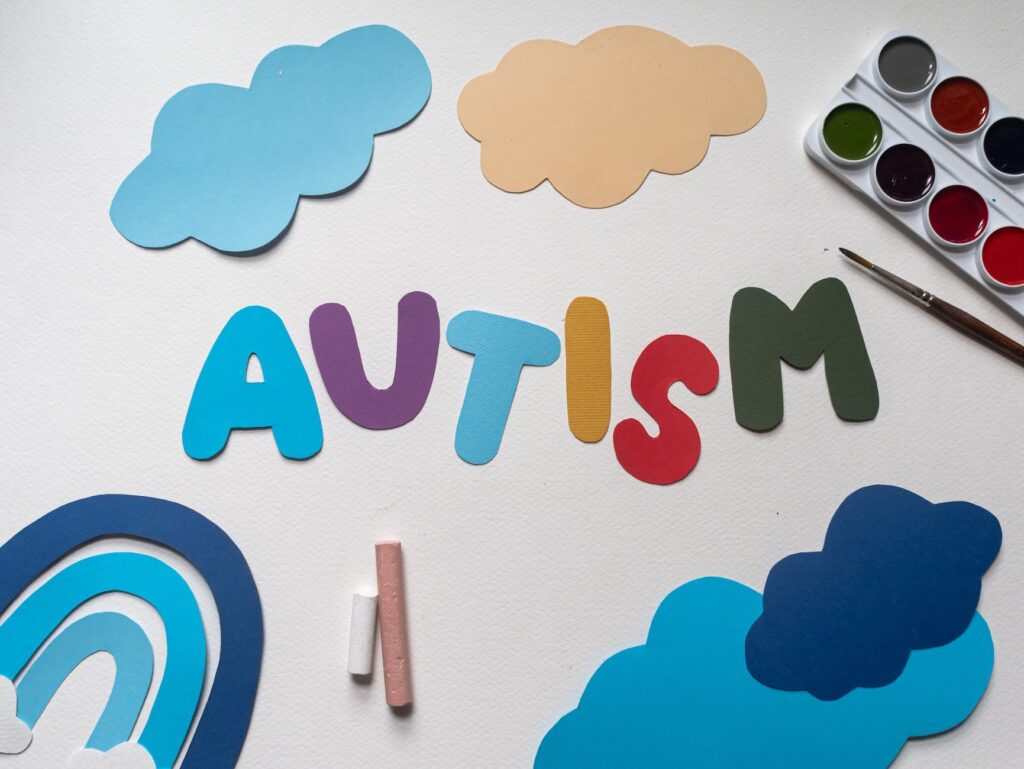
Introduction
The concept of neurodiversity embraces the understanding that neurological differences, including autism, are a natural part of human diversity. Instead of focusing on deficits, it celebrates the unique strengths and perspectives that neurodiverse individuals bring to our world. Building inclusive communities for autism is not just about accommodation; it’s about empowerment, understanding, and fostering environments where individuals with autism can thrive. Dr. Michael Hilton, this article explores the significance of neurodiversity and the steps we can take to create truly inclusive communities.
I. Embracing Neurodiversity
Inclusive communities for autism start with embracing neurodiversity. This means recognizing that every individual’s neurological makeup is unique and valuable. By shifting our perspective from a deficit-based model to an appreciation of strengths, we create an environment where everyone’s contributions are valued.
II. Education and Awareness
Education and awareness play a crucial role in building inclusive communities for autism. By providing accurate information about autism and dispelling misconceptions, we foster understanding and create a foundation for acceptance.
III. Empowering Self-Advocacy
Empowering individuals with autism to advocate for themselves is paramount. Inclusive communities provide platforms for self-advocacy, allowing individuals to express their needs, preferences, and aspirations. This empowerment helps build a sense of agency and ownership over one’s life.
IV. Creating Supportive Environments
Inclusive communities prioritize creating supportive environments that accommodate the diverse needs of individuals with autism. This can include sensory-friendly spaces, clear communication methods, and accommodations that promote accessibility and inclusion.
V. Promoting Inclusive Education and Employment
Education and employment are key facets of inclusive communities. By providing tailored educational approaches and workplace accommodations, individuals with autism can unlock their potential and contribute meaningfully to society.
VI. Challenging Stereotypes and Stigma
Inclusive communities challenge stereotypes and stigma associated with autism. By celebrating achievements and highlighting the capabilities of neurodiverse individuals, we pave the way for a more inclusive and understanding society.
Conclusion
Building inclusive communities for autism is a journey that requires collective effort and commitment. By embracing neurodiversity, promoting education and awareness, empowering self-advocacy, creating supportive environments, and fostering inclusive education and employment opportunities, we can create a society where everyone, regardless of their neurological makeup, can thrive.